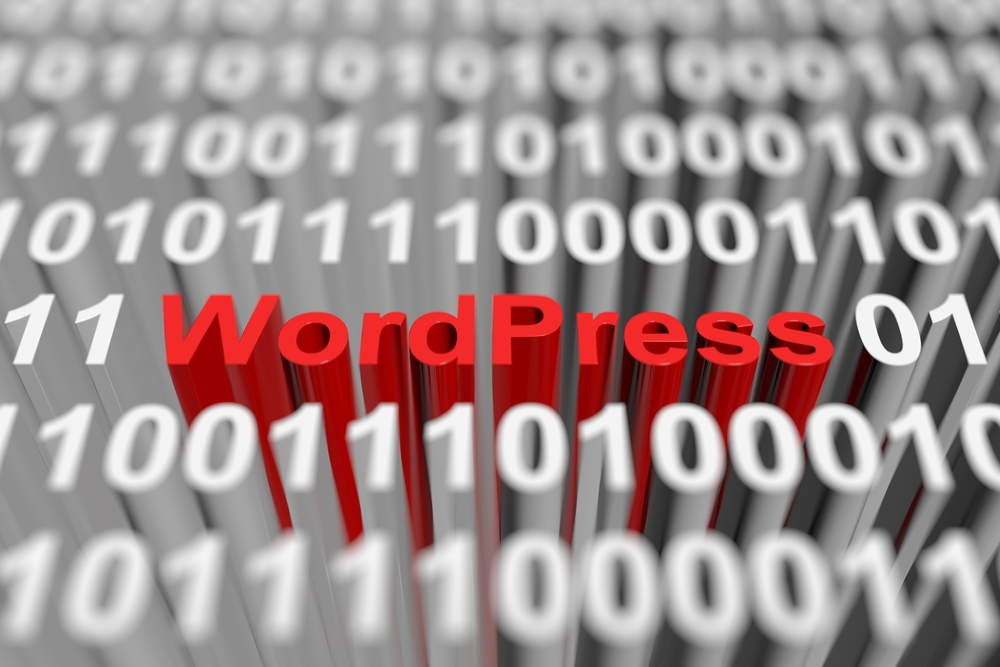
WordPress is undoubtedly one of the most popular platforms for building and maintaining websites. Its flexibility, ease of use, and vast range of customizable options make it an ideal choice for beginners and experienced developers alike. Whether you're a blogger, an e-commerce entrepreneur, or a small business owner, mastering WordPress can help you create and maintain a professional and functional website. In this article, we'll explore some top tips for customizing and maintaining your WordPress (the blogging platform) website to ensure its success.
1. Choose the Right Theme
The template or theme you choose for your WordPress website can greatly impact its overall design and functionality. WordPress (the platform for bloggers) offers a wide range of free and premium themes, each catering to different industries and preferences. When selecting a theme, consider your website's purpose, target audience, and desired features. Make sure the theme is mobile-responsive, search engine optimized, and regularly updated. Customizable options such as color schemes, layout variations, and menu options are also essential for creating a unique and visually appealing website.
2. Install Essential Plugins
WordPress plugins are like apps that extend the functionality of your website. With over 50,000 plugins available in the WordPress (WP) repository, you can easily find plugins to add contact forms, social media integration, SEO optimization, analytics tracking, and more. However, be cautious not to overload your website with too many plugins, as it can slow down your site's performance. Focus on essential plugins that enhance your website's usability and performance while keeping it lightweight.
3. Customize and Optimize Content
Creating compelling and optimized content is crucial for attracting and retaining visitors to your website. WordPress (or WP) offers a user-friendly content editor that allows you to customize and format your text, insert images and videos, and add headlines, lists, and other elements to enhance readability. Utilize built-in features like categories, tags, and featured images to optimize your content for search engines and improve your website's visibility. Additionally, consider integrating your website with social media platforms to make it easy for visitors to share your content, thereby increasing its reach and popularity.
4. Regularly Update WordPress and Plugins
WordPress constantly releases updates to enhance security, fix bugs, and introduce new features. Keeping your WordPress core files and plugins up to date is essential for maintaining a secure and optimized website. Regularly check for updates in your WordPress dashboard and ensure compatibility with your theme and plugins before proceeding with the updates. Creating regular website backups is also recommended in case any issues arise during the update process. Such precautions can save you from potential hassles and ensure the smooth functioning of your website.
5. Optimize Website Performance
Website loading speed is a critical factor that affects user experience and search engine rankings. Slow-loading websites can result in higher bounce rates and loss of potential customers. To optimize your WordPress website's performance, consider implementing caching plugins, compressing images, minimizing CSS and JavaScript files, and utilizing content delivery networks (CDNs) to distribute your site's files across multiple servers worldwide. Regularly monitoring your website's performance using tools like Google PageSpeed Insights or GTmetrix can help you identify and resolve any issues that may affect loading speed.
Frequently Asked Questions
1. How do I install WordPress?
To install WordPress, you need a domain name and a web hosting provider. Most hosting providers offer a one-click WordPress installation option. Alternatively, you can manually download the WordPress package from WordPress.org and upload it to your hosting account using an FTP client. Follow the installation instructions provided by your hosting provider, and you'll have WordPress up and running in no time.
2. Can I change my WordPress theme after creating my website?
Yes, you can easily change your WordPress theme at any time. However, it's important to note that changing a theme can affect your website's appearance and functionality. Before switching themes, make sure to create a backup of your website and thoroughly test the new theme on a staging environment or a local server to ensure compatibility and avoid any disruptions to your live website.
3. What should I do if my WordPress website gets hacked?
If your WordPress website gets hacked, it's important to act quickly to minimize damage. First, isolate the infected website by taking it offline or putting it in maintenance mode. Inform your web hosting provider about the issue and seek their assistance. Identify the source of the hack by scanning your website with security plugins or engaging professional help. Clean up the infected files, update all passwords, and install security plugins to prevent future attacks.
4. Can I use WordPress for e-commerce?
Absolutely! WordPress, in combination with the WooCommerce plugin, provides a powerful and flexible platform for building and managing e-commerce websites. WooCommerce offers a wide range of features such as product management, inventory tracking, payment gateway integration, and shipping options. With WordPress and WooCommerce, you can create a fully functional online store and customize it to meet your specific business needs.
5. How can I improve my WordPress website's SEO?
Improving your WordPress website's SEO involves various techniques, including optimizing content, improving website speed, using SEO plugins, and building high-quality backlinks. To optimize content, focus on relevant keywords, create descriptive meta tags, and write compelling meta descriptions. Regularly update your website's sitemap, fix broken links, and enable SEO-friendly permalinks. Utilize SEO plugins such as Yoast SEO or All in One SEO to streamline optimization tasks and receive guidance on content improvements.
By implementing these top tips for WordPress customization and maintenance, you can create a professional, user-friendly, and high-performing website, regardless of your experience level. Keep in mind that WordPress's versatility allows for endless possibilities, so don't be afraid to experiment and explore new features that can elevate your website's functionality and design.
Other useful resources
- https://www.wordpress24plus.com/services/wordpress-developer/
- https://www.wordpress24plus.com/wordpress-tools-directory/